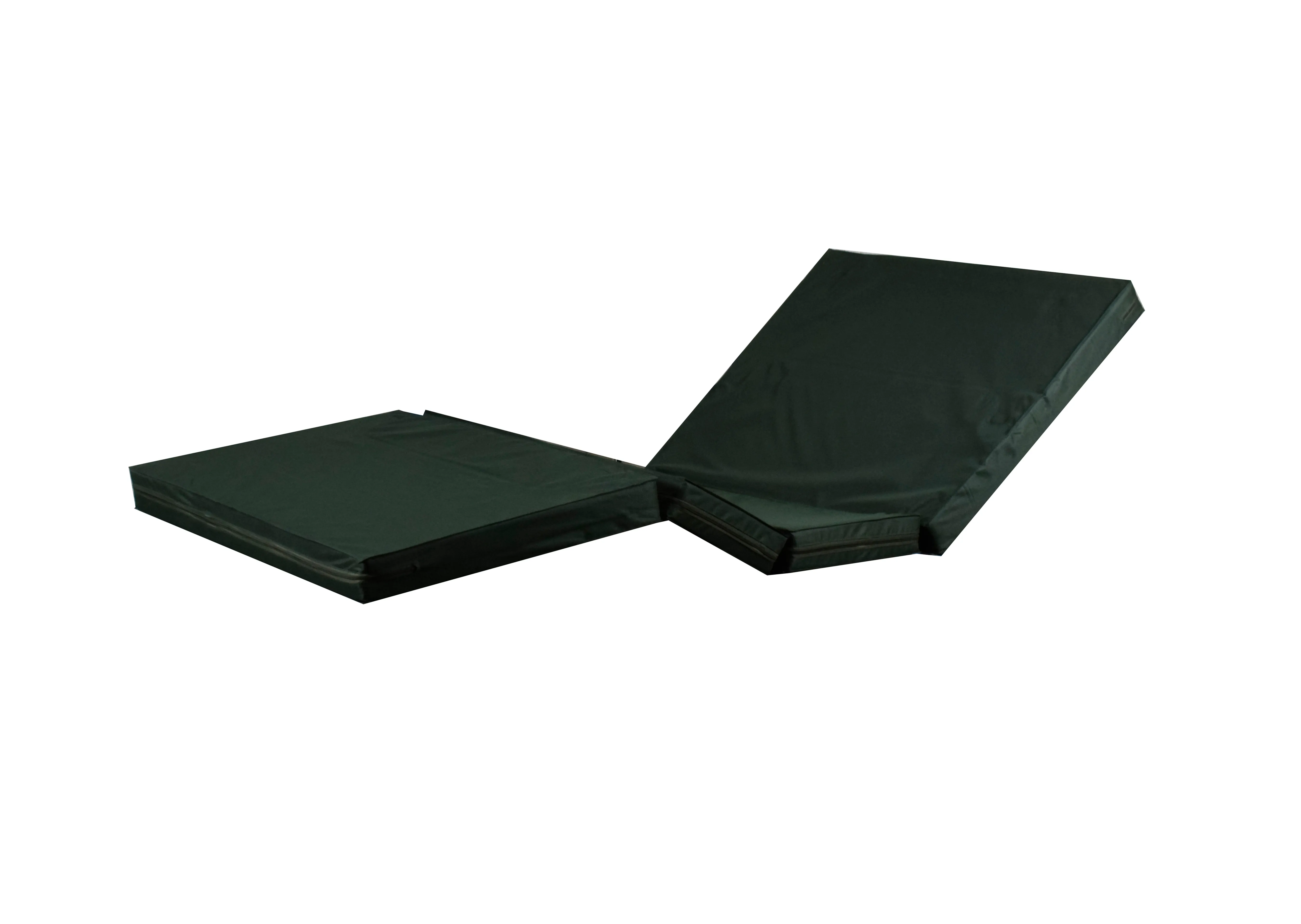Welcome to our websites!
basic crutches
Understanding Basic Crutches A Guide for Users
Crutches are essential mobility aids used by individuals recovering from injuries, surgeries, or those with certain disabilities. While crutches may seem straightforward, understanding their components, types, proper usage, and maintenance is crucial for maximizing their benefits and ensuring user safety. This article aims to provide a comprehensive overview of basic crutches, focusing on their functionality, types, and best practices for use.
The Functionality of Crutches
Crutches are designed to redistribute weight from the legs to the upper body, providing support to those with lower limb injuries or limitations. By using crutches, individuals can maintain mobility while ensuring their injured body parts are protected during the healing process. Proper use can alleviate pain, prevent further injury, and facilitate rehabilitation.
Types of Crutches
There are several types of crutches, each serving different user needs
1. Axillary Crutches These are the most common type, extending from the ground to the armpit. They feature a comfortable grip and a padded area for the armpits. Axillary crutches are generally adjustable in height, making them suitable for individuals of various sizes.
2. Forearm Crutches Also known as Lofstrand crutches, forearm crutches consist of a handgrip and a cuff that wraps around the forearm. They are lighter than axillary crutches and provide more support for users who require long-term mobility assistance. Forearm crutches enable more natural arm movement and are often favored by those with above-knee injuries.
3. Platform Crutches These crutches have a horizontal platform for the user’s forearm to rest on, making them suitable for individuals with limited hand strength or wrist injuries. They allow the user to bear weight on the forearms rather than relying heavily on handgrips.
4. Pediatric Crutches These are scaled-down versions of regular crutches designed specifically for children. They are adjustable and lightweight, ensuring that younger users can navigate their environment comfortably.
basic crutches

Proper Usage of Crutches
The effective use of crutches involves a few key techniques
1. Fitting It is essential to ensure that crutches are correctly fitted. The handgrips should align with the user’s wrists when the arms are hanging naturally at the sides. There should be a gap of about two inches between the top of the crutch and the user’s armpit to prevent nerve damage.
2. Walking Technique To walk with crutches, place the crutches about one step ahead. Shift weight onto the crutches and hop forward on the uninjured leg. Keep the crutches close to the body for stability. As confidence grows, users can practice varying speeds and navigating different terrains.
3. Sitting and Standing Sit down slowly, using the crutches for support. When standing up, place both crutches forward, shift your weight onto them, and push off the chair with your hands. Coordination is vital to prevent falls during these transitions.
Maintenance and Safety
Maintaining crutches is crucial for safety and longevity. Regularly check the rubber tips for wear, as they provide essential grip and stability. The crutch frames should be free from damage, and the adjustment mechanisms should function smoothly. Clean the crutches regularly, especially the grips, to ensure hygiene.
Users should also be aware of their surroundings. They should avoid wet or slippery surfaces and be cautious in crowded areas. Wearing appropriate footwear and avoiding stairs without assistance can significantly reduce the risk of falls.
Conclusion
Crutches are invaluable tools for individuals recovering from injuries or dealing with mobility issues. By understanding the different types of crutches, ensuring proper fitting, mastering walking techniques, and adhering to safety guidelines, users can navigate their environments with confidence. Like any tool, effective use requires practice and care, but with the right approach, crutches can significantly enhance mobility and independence during the recovery process.
-
Transforming Healthcare with Hospital FurnitureNewsJun.24,2025
-
Rehabilitation EquipmentNewsJun.24,2025
-
Mobility and Independence with WheelchairsNewsJun.24,2025
-
Freedom of Mobility with Our Rollator WalkersNewsJun.24,2025
-
Comfort and Independence with Commode ChairsNewsJun.24,2025
-
Bathing Safety and Independence with Shower ChairsNewsJun.24,2025
-
Navigating the Wholesale Landscape of Electric Mobility Solutions: Key Considerations for Power Wheelchair DealersNewsJun.10,2025











